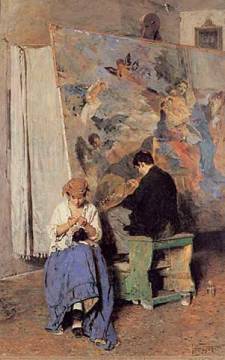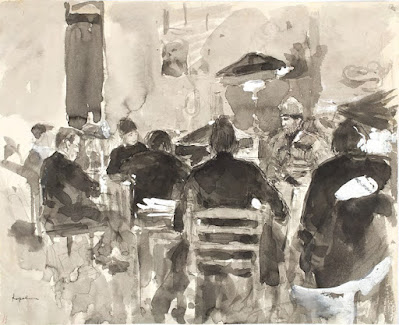 |
| Local children enjoy a dip in the pool in front of an Iron City billboard, |
The photographs that document the Great Depression give a vivid record of life in America during the hard times nearly a century ago.
 |
John Vachon/Library of Congress. (May 1938) |
Those photos didn't just happen on their own. They came about as a result of a federal program to document the work of the FSA agency (Farm Security Administration). The program was launched by President Franklin D. Roosevelt and headed up by Roy Stryker.
Stryker and his staff handed out detailed lists of subjects for the photographers to shoot as they fanned out across the country. In a shooting script for farm debt adjustment, the list included "Milk blockades -- dumping -- rioting -- trucks tipping over, etc." and "Worried farmer (going over accounts, etc.)"
 |
| Arthur Rothstein |
The program yielded many benefits. It launched the careers of photographers such as Dorothea Lange, Arthur Rothstein, Walker Evans, and Ben Shahn. Secondly, as the images were printed in magazines, Americans were able to see how their fellow citizens fared. Finally, it gave meaningful work to photographers, capturing images that might otherwise not have been recorded.
----
Read More:
Library of Congress: Farm Security Administration/Office of War Information Written Records: Selected Documents















































